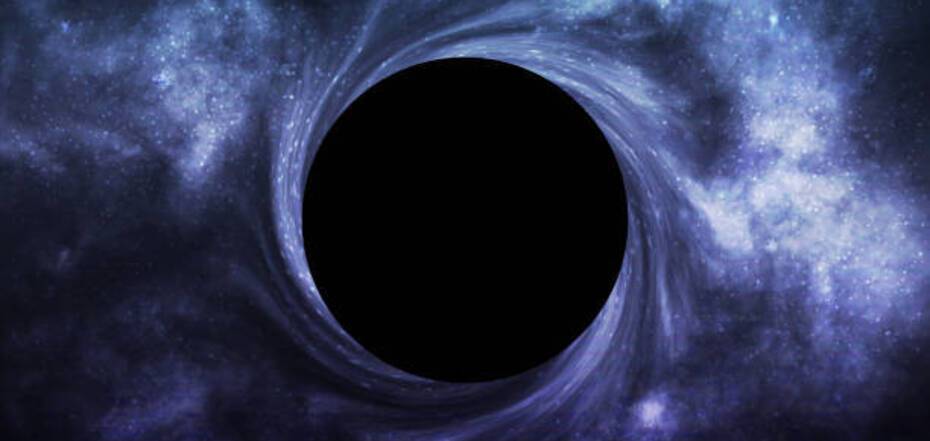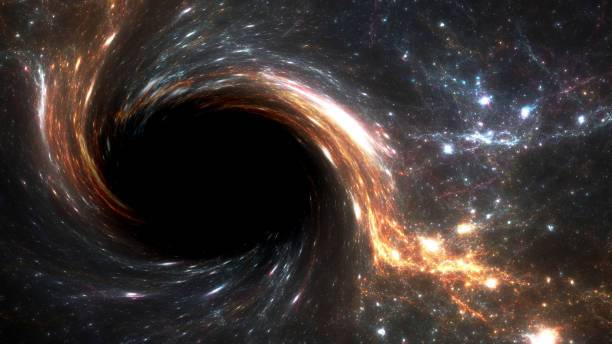News
Supercomputer helped: NASA shows a virtual dive into a black hole. Video
NASA's supercomputer has created an immersive visualization that shows what happens in a black hole. Thanks to the new video, you can immerse yourself in a supermassive space object.
The virtual flight shows many interesting effects, according to the NASA website. The simulation tracks the camera as it approaches, briefly orbits, and crosses the event horizon - the point of no return - of a giant black hole.
"Modeling these processes helps connect the mathematical theory of relativity to real-world consequences in the universe," visualization creator Jeremy Schnittman, an astrophysicist at NASA's Goddard Space Flight Center in Greenbelt, Maryland, says.
"I modeled two different scenarios: one where the camera - a stand-in for a brave astronaut - simply doesn't reach the event horizon and flies back, and the other where it crosses the border and thus dooms itself," the scientist says.
Visualizations are available in various forms. For example, 360-degree videos allow viewers to see everything around them when traveling, while others play with flat maps of the sky.
To create the visualizations, Schnittman teamed up with fellow Goddard scientist Brian Powell and used the Discover supercomputer at NASA's Climate Modeling Center.
The project generated about 10 terabytes of data - equivalent to about half of the textual content of the Library of Congress - and took about 5 days to complete, running on only 0.3% of Discover's 129,000 processors. On a typical laptop, the same job would have taken over a decade to complete.
The destination is a supermassive black hole with a mass 4.3 million times that of the Sun, equivalent to the monster located at the center of our Milky Way galaxy.
"Stellar-mass black holes containing up to 30 solar masses have much shorter event horizons and stronger tidal forces that can tear apart approaching objects before they reach the horizon," the scientist added.
This is because the gravitational pull at the end of the object closer to the black hole is much stronger than at the other end. Everything that falls into the hole stretches like a noodle, and this process is called spaghettification in astrophysics.
The event horizon of the modeled black hole reaches about 25 million kilometers, or about 17% of the distance from the Earth to the Sun.
A flat, swirling cloud of glowing hot gas, called the accretion disk, surrounds it and serves as a visual guide during the fall. So do luminous structures called photon rings, which form closer to the black hole.
The picture is completed by the starry sky visible from the Earth.
Only verified information is available on OBOZ.UA Telegram channel and Viber. Do not fall for fakes!




























